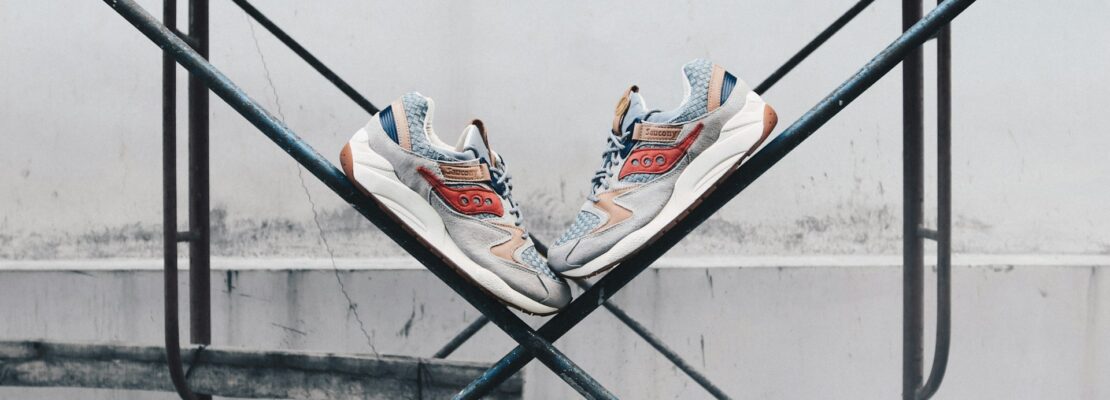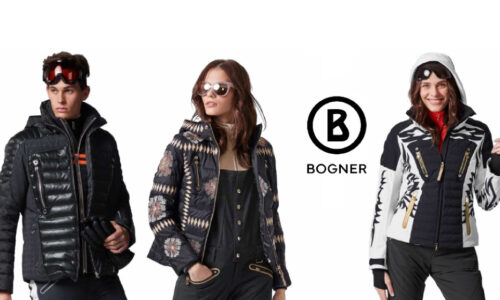Choosing the right athletic sneakers is essential for enhancing performance and preventing injuries during physical activities. With the wide range of options available, it can be overwhelming to find the perfect fit.
In this article, we will guide you through the process of selecting athletic sneakers that are tailored to your specific needs. From understanding the different types of sneakers to considering factors such as fit, support, and shoe anatomy, we’ve got you covered. So let’s dive in and find the perfect pair of athletic sneakers for you.
Understanding the Different Types of Athletic Sneakers
Athletic sneakers come in various designs, materials, and weights, each developed to protect specific areas of the feet that are most stressed during different activities. Here are some of the main types of athletic sneakers:
- Running, training, and walking sneakers ─ These sneakers are suitable for activities such as jogging, running, and exercise walking. They provide cushioning, flexibility, control, and stability to prevent injuries like shin splints, tendinitis, and heel pain.
- Court sport sneakers ─ Designed for sports like tennis, basketball, and volleyball, court sport sneakers provide support during quick side-to-side movements. They offer stability on the inside and outside of the foot, with flexibility in the sole for fast reaction times.
- Field sport sneakers ─ Cleated, studded, or spiked sneakers are intended for sports like soccer, football, and baseball. The spike and stud formations vary based on the sport, but they generally offer replaceable or detachable cleats for traction on the field.
- Track and field sport sneakers ─ These sneakers cater to individual runners’ specific needs and training styles. They come in various models and are designed to enhance performance during track and field events.
- Specialty sport sneakers ─ Golf, aerobic dancing, and bicycling sneakers fall under this category. They are specifically designed to meet the unique demands of each activity.
- Outdoor sport sneakers ─ Activities like hunting, fishing, and boating require sneakers that offer protection and traction for outdoor environments.
Now that we have a better understanding of the different types of athletic sneakers, let’s move on to the factors you should consider when choosing the right pair.
Factors to Consider When Choosing Athletic Sneakers
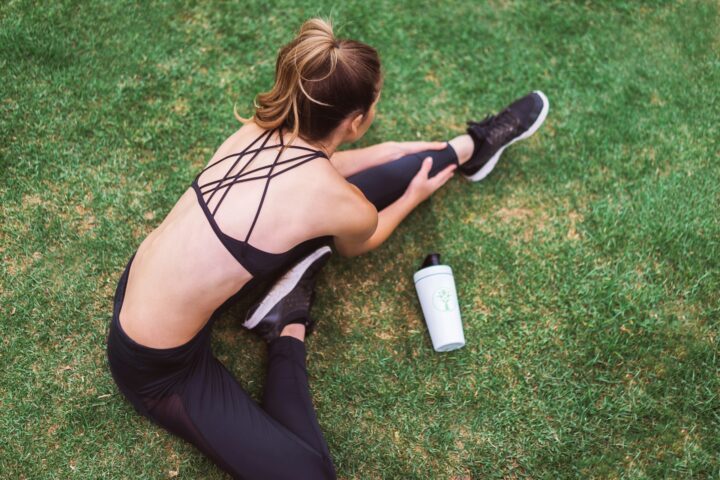
Fit is Key
When it comes to athletic sneakers, proper fit is essential. Here are some tips to ensure a good fit:
- Purchase sneakers from a specialty store where the staff can provide valuable input on the type of shoe needed for your sport and help with proper fitting.
- Try on athletic sneakers at the end of the day when your feet are at their largest. This will ensure a better fit during workouts or runs.
- Wear the same type of socks that you would wear for your chosen activity.
- Re-lace the sneakers, starting from the farthest eyelets, and apply even pressure as you create a crisscross lacing pattern to the top of the shoe.
- When trying on the sneakers, make sure you can freely wiggle your toes. There should be enough space to fit at least one thumb between your longest toe and the end of the shoe’s toe box.
- Walk or run a few steps in the sneakers to ensure they are comfortable and provide proper support.
- Check the heel grip to ensure it provides a firm hold and prevents slipping as you walk or run.
2. Consider Your Specific Sport
Depending on the frequency and intensity of your chosen sport, you may need a sport-specific shoe. If you participate in a particular sport three or more times a week, it’s worth considering a shoe designed specifically for that activity. For example:
- Running sneakers should offer ample cushioning, flexibility, control, and stability. Look for sneakers that provide shock absorption and good traction. Consider the shape of the shoe’s midsole, as different angles and locations can affect your stride.
- Walking sneakers should be lightweight, with extra shock absorption in the heel and ball of the foot. Look for sneakers with a slightly rounded or rocker sole to encourage a natural rolling motion while walking.
- Tennis sneakers should provide support during quick side-to-side movements. Look for stability on the inside and outside of the foot and flexibility in the sole for rapid forward movements.
- Basketball sneakers should have a thick, stiff sole for stability while running on the court.
- Cross trainers combine features from different shoe categories to accommodate multiple sports. Look for flexibility in the front of the foot for running and lateral control for aerobics or tennis.
Remember, you don’t necessarily need a different pair of sneakers for every sport you participate in. Wear sport-specific sneakers for activities you engage in more than three times a week.
3. Shoe Anatomy ─ Understanding the Key Elements
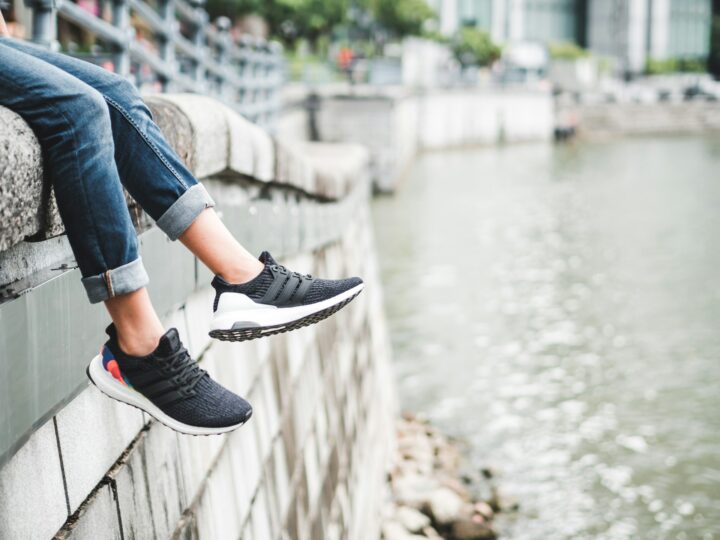
To choose the right athletic sneakers, it’s important to understand the different parts of the shoe and how they contribute to comfort and performance. Let’s take a closer look at the main elements of a running shoe:
- Upper ─ The upper part of the shoe includes the materials and construction that surround the foot. Traditional uppers are made of layered fabrics and mesh, while modern versions often use knitting and 3D printing for a seamless and supportive fit. The upper should fit smoothly without binding, chafing, or bunching.
- Ankle collar ─ The ankle collar wraps around the top of the shoe opening and holds the heel in place. Pay attention to the padding and how it interacts with the bones on the side of your ankles. Ensure that the collar provides a comfortable fit without irritating your Achilles tendon.
- Heel counter ─ The heel counter is a semi-rigid cup inside the rearfoot that cradles and supports the heel.
- Saddle ─ The saddle is the reinforced area around the instep, between the ball and the ankle of your foot. It interacts with the laces to hold the shoe securely in place. Look for a saddle that fits and holds your foot securely without slippage, allowing for the natural movement of your arch.
- Toebox ─ The toebox encompasses the front part of the shoe, from the eyelets to the end. It should provide enough space for your toes to flex and spread naturally. Look for a wide toebox that allows comfortable movement and doesn’t cramp or rub your toes.
4. Outsole and Midsole
The outsole is the part of the shoe that makes contact with the ground. It is crucial for providing traction and durability. Look for materials that offer both without adding excess weight or stiffness. Consider the shape of the outsole to ensure it matches your foot’s footprint and provides the desired level of stability.
The midsole is the foam material between the outsole and the upper. It cushions your foot from impact forces and guides it through the stride. When selecting a shoe, choose a midsole thickness and material that feels right for your running speeds. Consider factors such as softness, firmness, and weight.
5. Cushioning and Drop
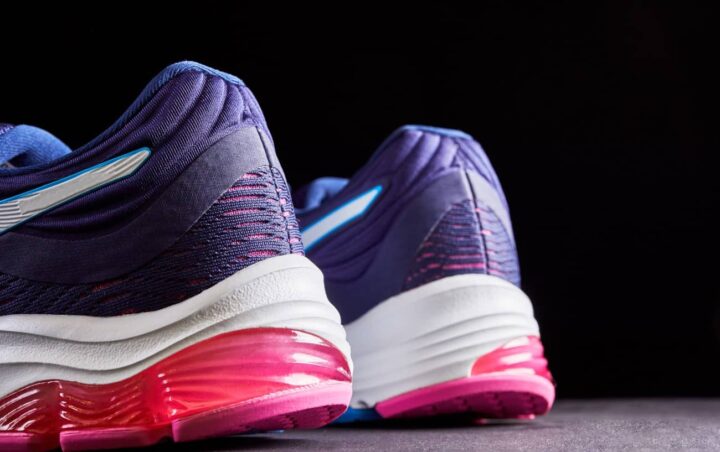
Cushioning in athletic sneakers is designed to absorb shock and reduce the impact of your foot striking the ground. Heel cushioning is particularly important for minimizing the shock of heel strikes. Look for sneakers that provide the right balance of cushioning and stability.
Drop refers to the height difference between the heel and the ball of the foot when standing in the shoe. The drop can affect your stride and the distribution of forces in your foot and leg. It’s important to choose a shoe with a drop that feels comfortable and reduces stress on weak areas of your foot.
6. Gait Analysis and Running Style
Your gait and running style play a significant role in determining the right athletic sneakers for you. Some runners may overpronate, which means their feet roll inward excessively. Others may have a neutral gait or supinate, where the feet roll outward. Understanding your gait can help you choose sneakers that provide the necessary support and stability.
Consider visiting a specialty running store where experts can analyze your gait and recommend the appropriate shoe type. They may use technologies like medial posts, dual-density foams, or wider shoe geometries to control excessive motion and help you maintain your natural movement path.
7. Additional Tips and Considerations
Here are a few additional tips to keep in mind when choosing athletic sneakers:
- Avoid buying sneakers solely for their appearance. Focus on fit, feel, and function rather than fashion.
- Ask if there are any discounts available for running club members or through loyalty programs.
- Purchase sneakers in the evening when your feet are at their largest to ensure a better fit.
- Bring your current sneakers, socks, and inserts when trying on new sneakers for a direct comparison.
- Replace your athletic sneakers every 300 to 500 miles or when you notice signs of wear and tear.
Our Recommendations
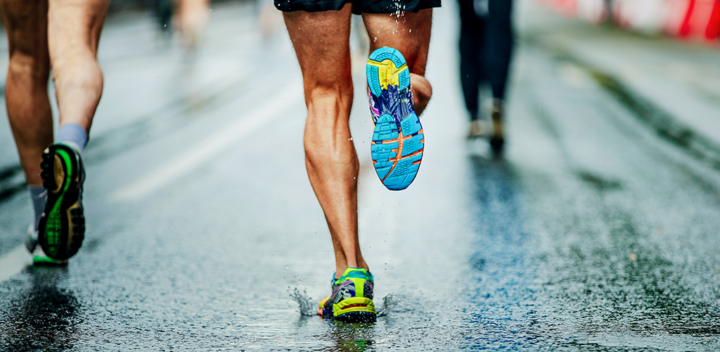
To help you get started on your search for the perfect athletic sneakers, we’ve compiled a list of our top picks in different categories based on extensive feedback from runners and our own lab test results. Remember, these recommendations are subjective, and it’s essential to find a shoe that feels right for you. Here are our top picks:
Best Cushioned Daily Trainer ─ Brooks Ghost 15
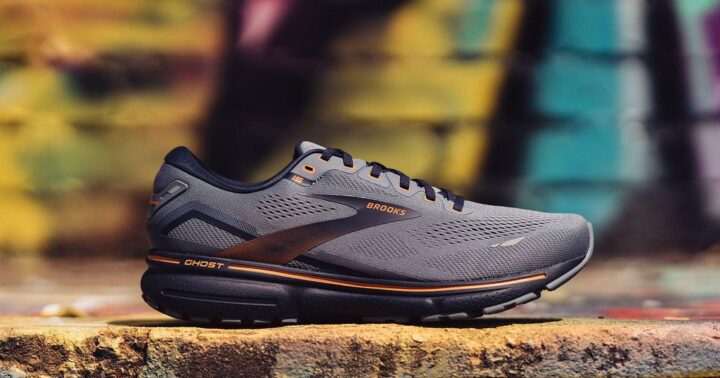
The Brooks Ghost 15 offers excellent cushioning, flexibility, control, and stability. It provides shock absorption and good traction, making it ideal for daily training and long-distance running.
Best Value ─ Asics Gel-Cumulus 25
The Asics Gel-Cumulus 25 is a great value option, offering a balance of cushioning, support, and durability. It provides a comfortable fit and is suitable for runners of all levels.
Best Carbon-Plated Trainer ─ New Balance FuelCell SuperComp Trainer v2
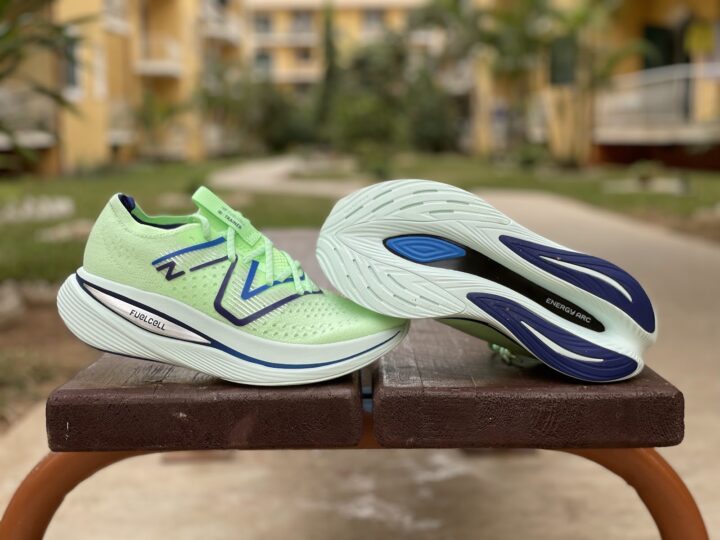
For those looking for maximum performance and energy return, the New Balance FuelCell SuperComp Trainer v2 is an excellent choice. Its carbon-plated design provides enhanced propulsion and a responsive feel.
Best Overall Trail Shoe ─ Hoka Mafate Speed 4
The Hoka Mafate Speed 4 is a top-rated trail shoe known for its superior traction, durability, and comfort. It offers excellent protection and stability on rugged terrains.
Best Zero-Drop Trail Shoe ─ Altra Lone Peak 7
If you prefer a zero-drop shoe for trail running, the Altra Lone Peak 7 is a fantastic option. It provides a natural foot position, ample toe room, and reliable traction on various surfaces.
Conclusion
Choosing the right athletic sneakers is crucial for your performance and overall foot health. Consider factors such as fit, support, shoe anatomy, and your specific sport to find the perfect pair. Keep in mind that everyone’s needs are unique, so it’s important to try on different sneakers and pay attention to how they feel during a test run.
By following these guidelines and considering our top recommendations, you’ll be well-equipped to find the ideal athletic sneakers for your needs. So lace up, hit the road or the court, and enjoy your active pursuits with confidence and comfort.

